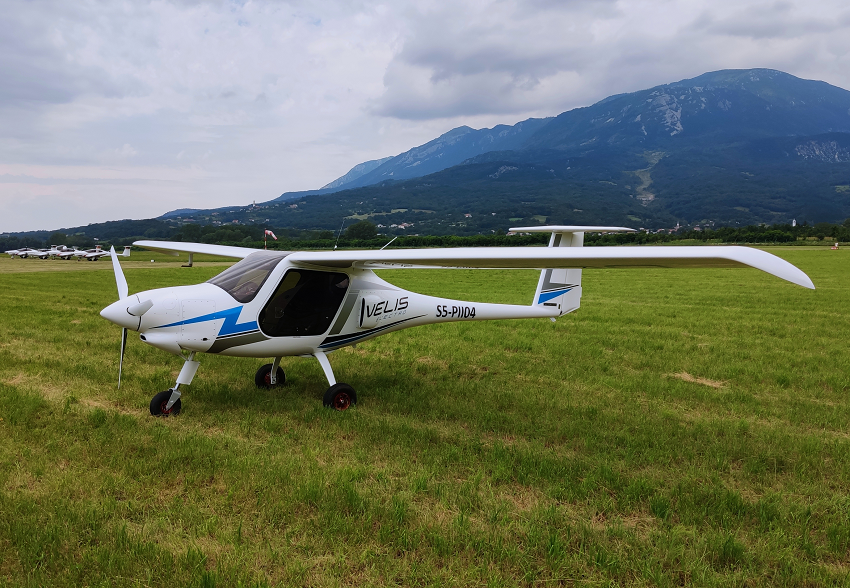Europe is set to host the first publicly available international electric flights!
The Electrifly collaboration, a consortium of airports, universities, and aviation companies, is launching a two-month trial period that will allow passengers to experience zero-emission air travel between select destinations.
Key Highlights
International Electric Flights: The trial will offer electric flights between three European airports – Liège Airport in Belgium, Maastricht Aachen Airport in the Netherlands, and Aachen-Merzbrück Airport in Germany. These will be the first-ever international electric passenger flights open to the public.
Flight Duration: The flight times between the participating airports range from 16 to 26 minutes, showcasing the capabilities of the electric aircraft technology.
Innovative Partnership: The Electrifly collaboration brings together a diverse group of stakeholders, including airports, the Aachen University of Applied Sciences, aviation operator ASL Group, and Chinese electric car company NIO.
Unique Passenger Experience
Aircraft Specifications: The flights will be operated using the Pipistrel Velis Electro, a two-seater electric aircraft certified by the European Union Aviation Safety Agency. This means each flight can only accommodate one passenger, with the other seat occupied by the pilot.
Weight Restrictions: For safety reasons, the combined weight of the pilot and passenger cannot exceed 178 kilograms (392 lbs).
No Luggage Allowed: Due to the small size of the aircraft, passengers will not be able to bring any luggage on board.
Sustainable Transportation Integration
Electric Ground Transport: To provide a truly sustainable door-to-door experience, NIO electric vehicles will be used to transport passengers within a 15-kilometer radius of the airports.
Future Expansion: The Electrifly consortium aims to use the findings from this summer trial to inform future tests and pilots, with the goal of eventually connecting European hubs using low or zero-emission electric aircraft.
Environmental Benefits of Electric Aircrafts
Reduced Greenhouse Gas Emissions: It is estimated that electric aircrafts can have up to 60% lower climate impact and greenhouse gas emissions compared to their fossil fuel-powered counterparts.
Lower Particulate Matter and Acidic Emissions: Electric aircraft produce fewer particulate matter, nitrogen oxide, and other acidic emissions that contribute to air pollution and environmental degradation.
Quieter Operations: Electric motors are much quieter than traditional aircraft engines, making electric aircraft more suitable for use in populated areas with less noise pollution.
Potential for Renewable Energy Integration: Since electric aircraft are powered by batteries, they can be charged using renewable energy sources like solar or wind power, further enhancing their environmental benefits.
While electric aircraft do have a higher impact on mineral resource scarcity due to the rare earth materials in their batteries, this trade-off is outweighed by the significant reduction in greenhouse gas emissions and other pollutants.
Additionally, the continued advancements in battery technology, such as the development of lithium-sulfur batteries, could further improve the environmental performance of electric aircraft and reduce the impact on mineral resources.














More Stories
Delta’s Post-Storm Meltdown Crew Shortages Cripple NYC/ATL/MSP Flights Despite Clear Skies!
Air Canada, BA, LATAM, Delta & AA Surge Miami Flights: SIRO Brickell Wellness Hotel Revolution 2030!
France, USA, Spain Dominate 2025 Travel: Top Apps for Effortless Flights & Hotels!